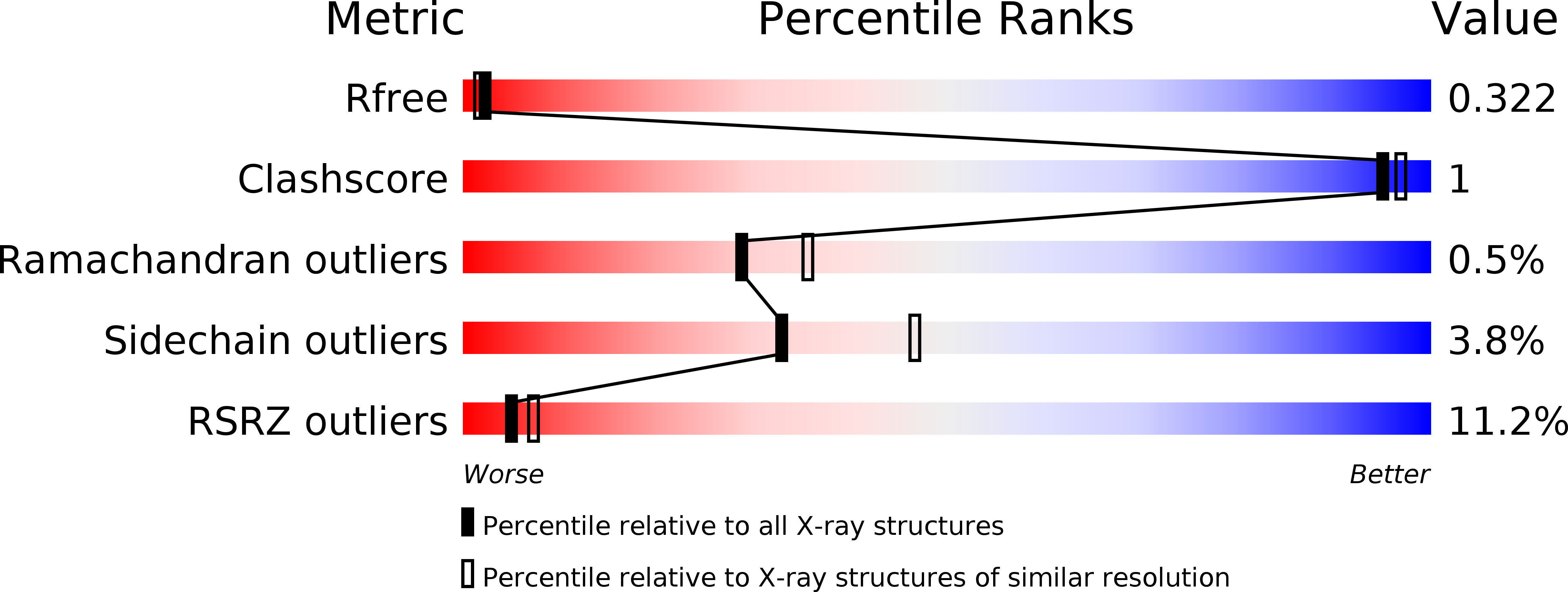
Deposition Date
2014-12-05
Release Date
2015-04-08
Last Version Date
2024-10-16
Entry Detail
Biological Source:
Source Organism:
Helicobacter pylori (Taxon ID: 85962)
Host Organism:
Method Details:
Experimental Method:
Resolution:
2.30 Å
R-Value Free:
0.31
R-Value Work:
0.25
R-Value Observed:
0.25
Space Group:
P 65 2 2


